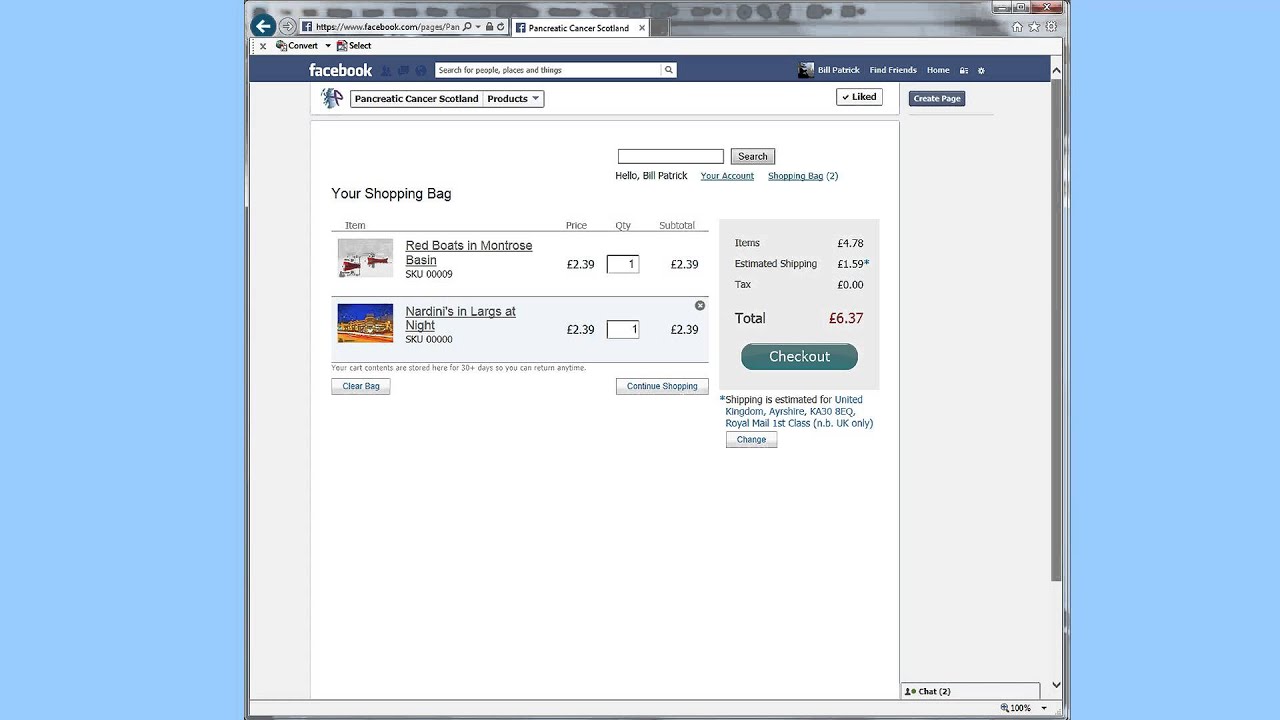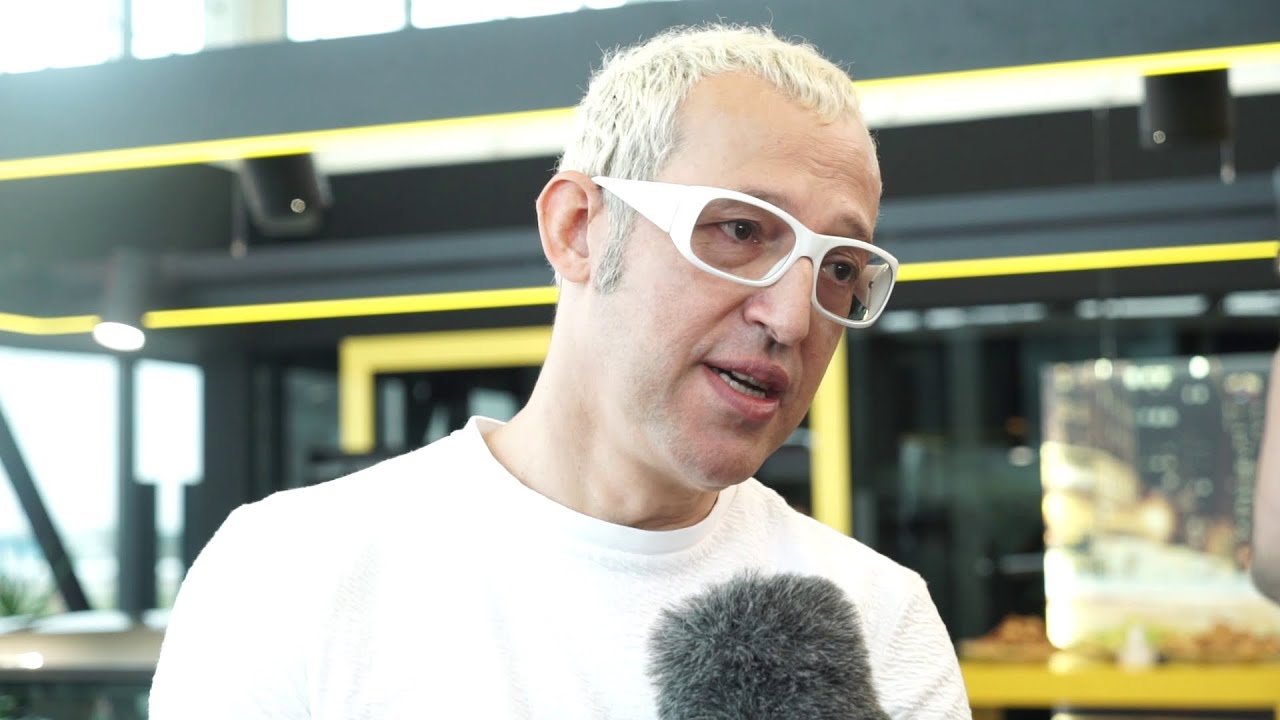How to best use the Facebook shop option for your brand
Facebook has a new star recently launched: the Facebook shop that you can use to sell and promote your brands. If you have the Add Shop Section link on your Facebook page, you can follow these steps really easy steps to start selling products on your page.
1: Click the Add Shop Section Link
It brings up a prompt explaining what this section will allow you to do. Click the Add Shop Section button to continue.
2: Agree to Merchant’s Terms and Policies
They include important information about what you can sell on your Facebook page, how problems will be handled during the “test phase” of the Shop Section launch, return and refund policies, and other details.
3: Add Business and Payment Processing Details
Enter your business details and set up payment processing with Stripe. If you have a Stripe account already, log into that account first and then click the link to connect to an existing Stripe account. Otherwise, you’ll need to set up a Stripe account and then proceed with the following setup.
Once you’ve finished this setup, your call to action button changes to a Shop Now button, which takes page visitors to your Shop section.
Once you’ve added a shop section to your Page and added products, here are some things you can do to get more people to visit your shop section to browse your products.
4: Describe What You Sell
Next, describe what your Facebook page shop sells in 200 characters or fewer.
5: Add Products to Your Shop
Now you’re ready to add products to your shop. To do this, click the Add Products button. If you want to add more products, go to your shop and click on the Add Product block or go to your Publishing Tools and access the Shop section there.
6: Create Collections
If you have a lot of different types of products, you have the option to create collections to organize your products. This option will be shown beneath your products once you start adding them to your shop.
When you click the Add Collection button, you’re taken to the Shop section in your Publishing Tools. You’ll see a Featured Products collection already in place where you can add your best products. To add products to the Featured Products collection, click the collection and then click the Add Products button. Select which products to add to your collection and click Add. The first products in your Featured Products collection will appear above your timeline on your Facebook page.
7: Access Your Shop’s Settings
To access your shop’s settings, click on your shop’s link from your page’s menu and then click on the setting wheel icon to get the following menu options. The Manage Shop option takes you to your Publishing Tools, where you’ll find a new section for your shop. There, you can add products and product collections to group your products. The Settings option takes you to your shop’s main settings, where you can update your email address, business address, and Stripe account.
The Help option takes you to the Shop Section FAQ where you can learn more about setting up your own shop. If you choose to no longer sell products on your Facebook page, you can use the Delete Shop option.
8: Manage Your Orders
When you receive your first order, you’ll get a notification. You can review and manage your pending and completed orders in your Publishing Tools under the Shop section.
Once you close your first order notification, you’ll see a list of your pending orders. Click on an individual order to see additional details, such as the buyer’s shipping preferences and address. You can also contact the buyer if you need additional information while the order is pending or after it’s completed.You must ship the order before Stripe will process your payment. After you click on the order, click the Mark as Shipped button and enter the tracking number. Then the customer’s payment through Stripe will be processed. The order will move to pending and your inventory will be updated accordingly.
What you can do to bring more awareness to your shop
Share your products on your timeline
When you share your shop’s products on your Page’s timeline or your personal timeline, it’s easy for people who are already connected with your business and you to see your products. To do this:
- Click the product you want to share.
- Click Share
- Choose where and how you want to share it through the dropdowns at the top. Optionally, add text to the post to make it more engaging
- Click the Share button at the bottom right
Share your shop link with your customers
You can share your shop link with your customers online and offline to encourage people to visit your shop section. To do this:
- Click the shop section on your Page
- Click the
 button
button - Click Copy Direct Link
- Share the link with people you want to visit the shop section on your Page
20 Things you might not know about Karim Rashid
Karim Rashid is one of the most prolific designers of his generation. Over 3000 designs in production, over 300 awards and working in over 40 countries attest to Karim’s legend of design.
Here are some things you might not know about him:
1.He received a bachelor of Industrial Design in Ottawa, Canada and Postgraduate studies in Italy in 1984. He worked at Rodolfo Bonetto’s studio in Milan for one year then for 7 years at KAN Design in Toronto.
2. His award winning designs include luxury goods for Christofle, Veuve Clicquot, and Alessi, democratic products for Umbra, Bobble, and 3M, furniture for Bonaldo and Vondom, lighting for Artemide and Fontana Arte, high tech products for Asus and Samsung, surface design for Marburg and Abet Laminati, brand identity for Citibank and Sony Ericsson and packaging for Method, Paris Baguette, Kenzo and Hugo Boss.
3. His work is featured in 20 permanent collections and he exhibits art in galleries worldwide. Karim is a perennial winner of the Red Dot award, Chicago Athenaeum Good Design award, I. D. Magazine Annual Design Review, IDSA Industrial Design Excellence award.

4. Karim is a frequent guest lecturer at universities and conferences globally disseminating the importance of design in everyday life. He holds Honorary Doctorates from the OCAD, Toronto and Corcoran College of Art & Design, Washington. Karim has been featured in magazines and books including Time, Vogue, Esquire, GQ, Wallpaper, and countless more.
5. Karim’s latest monograph, XX (Design Media Publishing, 2015), features 400 pages of work selected from the last 20 years. Other books include From The Beginning, an oral history of Karim’s life and inspiration (Forma, 2014); Sketch, featuring 300 hand drawings (Frame Publishing, 2011); KarimSpace, featuring 36 of Karim’s interior designs (Rizzoli, 2009); Design Your Self, Karim’s guide to living (Harper Collins, 2006); Digipop, a digital exploration of computer graphics (Taschen, 2005); Compact Design Portfolio (Chronicle Books 2004); as well as two monographs, titled Evolution (Universe, 2004) and I Want to Change the World (Rizzoli, 2001).
6. In 1992, Rashid started designing for US tableware company Nambé, producing a range of products – clocks, vases and candlesticks – that would help establish his signature look. Alloy and glass are perfect materials to convey Rashid’s organic “blobular” forms, and his work for American lighting brand George Kovacs and German glassware manufacturer Leonardo in the late 1990s again produced modern yet beautiful forms.
7. Rashid’s designs often incorporate a folded-ribbon look (using materials such as fabric, laminate, acrylic and steel) and his computer-generated asterisk, cross and figure-eight motifs, which can be seen on his stools, rugs, kitchen utensils and even Rashid’s own body tattoos.
8. His 1996 ‘Garbino’ rubbish bin for Canadian plastics company Umbra is Rashid’s most well-known design (along with its larger equivalent, the ‘Garbo’). This simple, softly rounded bucket in recycled polypropylene is still one of Umbra’s biggest sellers and is also placed in the permanent collection of the Museum of Modern Art, New York.
9. Once labelled the Poet of Plastic, New York-based interior designer Karim Rashid is known for his curvaceous designs and outspoken persona.
10. The same concept was applied to the affordable and award-winning ‘Oh’ chair, from 1999, which fulfils Rashid’s belief in ‘democratic design’. His skill with polypropylene has also been evident in the highly acclaimed packaging he has designed for global brands like Issey Miyake and Kenzo. More recently, Rashid has also undertaken a number of architecture projects, including the Semiramis Hotel in Athens and the newly opened Switch restaurant in Dubai.
11. In his spare time, Karim’s pluralism flirts with art, fashion, and music and is determined to creatively touch every aspect of our physical and virtual landscape.
12. Him and his team specialize in pattern, print, branding and creative direction. They produce designs that help create or revitalize brands that get noticed through a variety of print and other media. Depending on the nature of the project, graphics is intertwined in product and interior design. They have the ability design a project under one roof which allows for a more seamless process and holistic design.
13. Karim believes that we live in a very special time for humanity, where technology, through the digital revolution, has afforded us new tools to design better space in ways never before conceived.
14. He has an international staff that speaks 12 languages. Presently he is working in 23 countries.
15. To Karim, functionality and minimalism are essential, but, at the same time, he wants to move people and create furniture that make people feel at ease. He calls this approach to design ‘sensual minimalism’.
16. The notion of design being a “high art” has always felt ridiculous to him. “I’ve spent my career trying not to fall into that trap. Early on, companies interested in me were small. They charged more so that they could afford the tooling and the crafting by hand. That’s just what it took to make it. I started to think, Why aren’t bigger companies more interested in design? The designer humanizes our physical and virtual world. Fortunately, things have changed a lot since then. Companies now recognize that design is what differentiates. It’s critical, and demanded,” Karim said for interiordesign.net.
17. He loves doing packaging design, technology, synthetic processes and materials.
18. He used to be obsessed with drawing eyeglasses, shoes, radios and luggage throughout his childhood.
19. He loved Andy Warhol, Rodchenko, Picasso, Calder, Corbusier, Dec Chirac, YSL, Halston, and so many other artists that were pluralists.
20. Karim was also very inspired by his father who was a creative renaissance man, and he saw him create every day. He would design furniture, make dresses for my mother, paint canvases, design sets for television and film, and constantly take us to museums.


